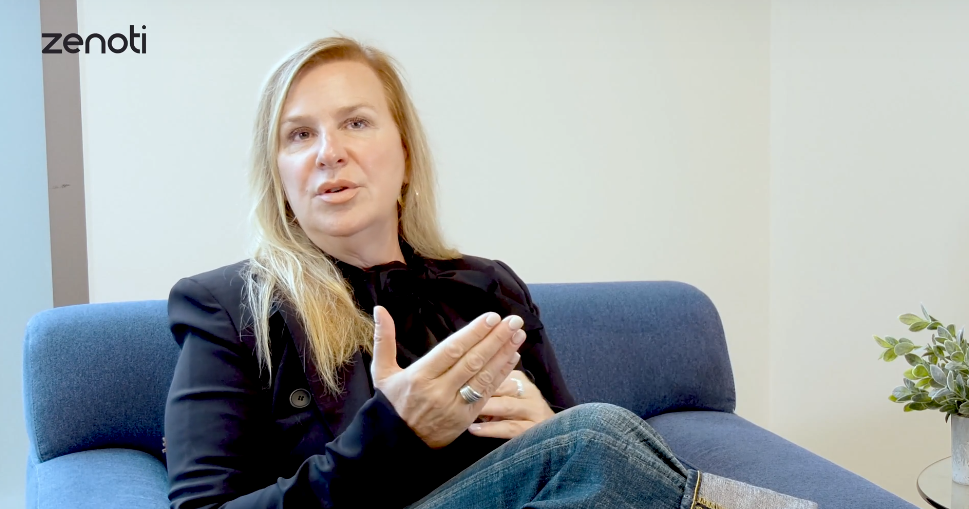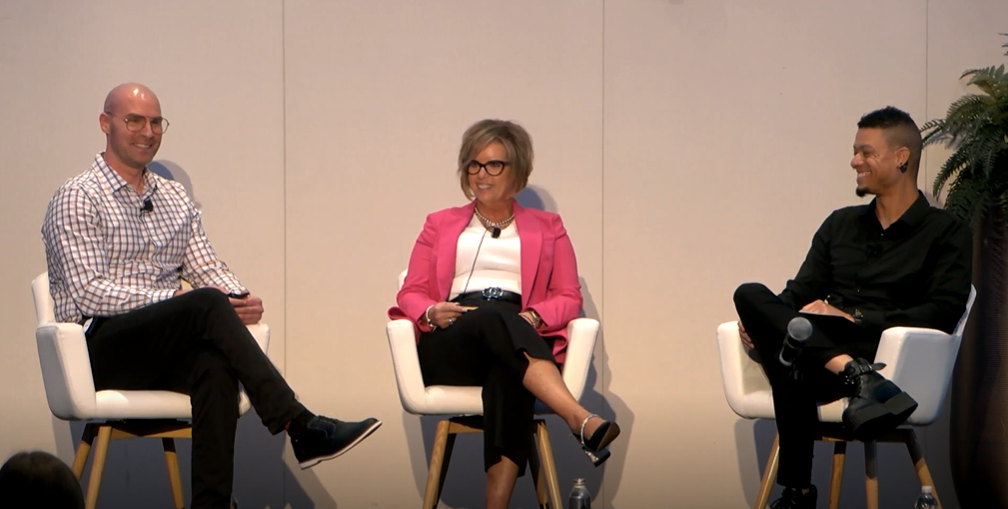Sudheer Koneru, CEO, shares why building a product-first culture is essential to build a successful software organization. What does a quote from a Kevin Costner movie have to do with a software company? A lot. I grew up, professionally speaking, working in technology companies that ranged from the largest in the world (Microsoft) to early-stage startups. I worked on solutions that spanned the gamut from consumer desktop applications to enterprise-level business software. In every case, there was always a heavy investment in sales and marketing —much more than actual product development. The business approach at the time was that you built a viable software product, but it was sales and marketing that drove market success. It’s interesting to see the modern breed of tech companies, SaaS providers, successfully departing from marketing and sales heavy approaches and adopting a product-first approach. It’s been my experience that a well-designed product today can elicit the reality, “If you build it, they will come.” Building a product-first company is appealing to all of the stakeholders: employees, investors and customers. So, what is a product-first company?
Baked-In Marketing and Sales
In a sense, the role of marketing and sales, from branding, demand generation and nurturing relationships, has evolved. In a product-first company, the goal is to have the product take care of these functions by itself. To start with, the internet has made it significantly easier for prospective customers to find and research solutions. In the case of SaaS solutions, even testing and trying out solutions is easy. Cloud solutions are disrupting every industry; in the case of B2B solutions, they improve the business across every aspect of the staff experience and business operations, as well as these businesses’ customer experience. When users have a great experience with your software, they become your brand advocates. They build your brand by sharing their experiences with their peers within their company and industry. In the case of Zenoti, we’ve found our clients appreciate the new experience Zenoti brings them and in turn our clients refer us, advocate for us and become our best source for new business. It’s marketing and sales that’s driven directly from the product and the value it delivers.
Product-First Means the Product Is King
The product itself has to be king and center to a company’s strategy. While the product is responsible for delivering real business value to the customer through well-designed capabilities, the product also takes on things like user training, customer success and even customer support. In today’s world, software must deliver on a holistic end-to-end experience for the user. The product team has to consider every facet of the user experience including:
- On-boarding – Customers should be able to easily start using the product and quickly see value from the software.
- Training – Every company requires ongoing training; a well-designed product should be intuitive enough to minimize the time for user training.
- Customer Support – Users should have real-time info and answers to their questions directly within the system.
- Customer Success – Help customers fully discover and use the software to its fullest potential, and realize big value.
Our Product-First Experience at Zenoti
Our experience at Zenoti shows that it’s possible to enter into a crowded market of mature competitors and still disrupt the industry. At Zenoti, we have always been a product-first company. Our investment in R&D (which includes the software design and development teams) is more than 40 percent of our overall budget. We continue to maintain this heavy investment even as our solution matures and our organization grows. Interestingly, our sales and marketing teams have remained small even as our overall business has grown multi-fold. I see fledgling startups as well as incredibly large, well-funded SaaS companies spending huge amounts to build large sales and marketing strategies, and this does make me pause to consider if we’re missing an opportunity and should spend more. But, we’ve refrained, since for me it always comes back to the belief that the stronger the product, the:
- Happier your customers are, who in turn become your word-of-mouth marketing vehicle.
- Higher the bar you set, with product innovations, the higher your ability to deliver significant value to your customers. In effect, you also redefine what your target market expects from technology.
These two points are what substantiates to me that our approach to investment first and foremost in product development is the right path. Thanks to our “marketing and sales lite” approach, we’ve achieved aggressive revenue milestones while keeping cash burn low. Our product-first approach not only creates a company culture that rewards innovation, creativity and pride in delivering value to our customers, it also enables our management team to sleep well without worrying about cash burn, raising money or losing equity in the company.
Things Don’t Change With Growth
As we prepared to enter 2018, we knew we had good traction across each niche in the wellness and beauty industry. Common knowledge and practices would dictate that we double down on our sales and marketing investment to scale our business rapidly. However, as we analyzed our strategy, we walked away realizing that we will not grow our sales and marketing, but rather double down on our product investments and grow the team even more. When I asked managers internally where I should personally spend my time and energy, the overwhelmingly consistent response was to focus on product innovations. Innovation strengthens our commitment to our customers who expect to see us continue to evolve our offering to help them grow their business. Additionally, product investments also ensure that we keep up with the growing demand for our solution. For example, we’re further streamlining how we on-board new customers. It is a daunting task to transition a large, enterprise class business from a legacy software to a new SaaS solution like Zenoti. Rather than following traditional methods of investing in services staff and processes, we’ve gone back to the drawing board to re-engineer how the Zenoti product can use built-in mechanisms to fully on-board our clients. Regardless of the system the client currently uses, the goal is to have the Zenoti software drive data migration, configurations and even training. Investment in our product will always delight both new and existing customers. At the same time, it enables a healthy, rapid growth in customer acquisition and customer success. Any startup would be well-served to make themselves a product-first company where all departments have a direct stake in the product, and in turn, the product reflects every customer-facing function. So yes, I believe that in today’s world – “If You Build It, They Will Come”
















